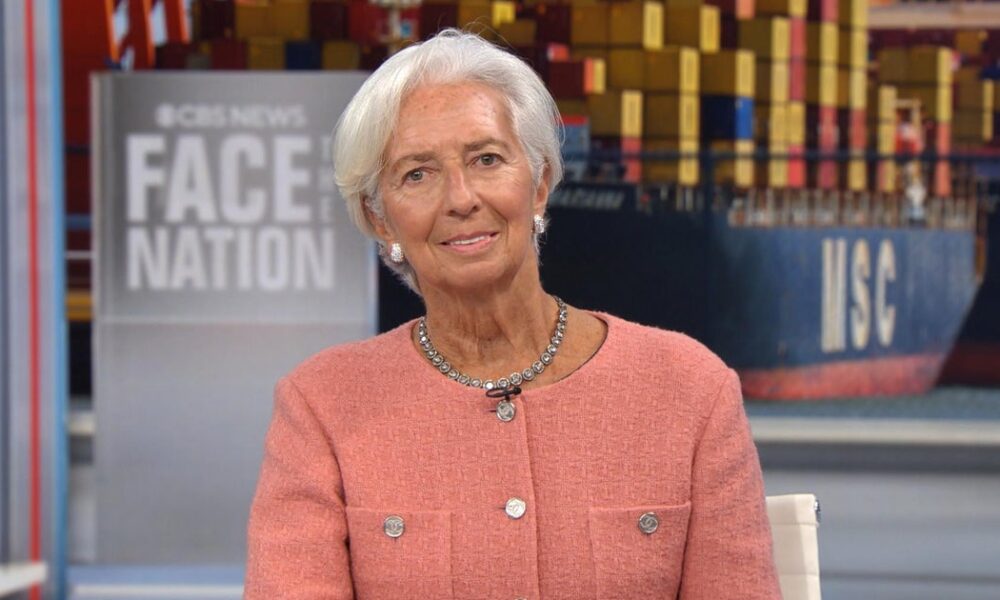In a significant step to enhance Arctic defense, Canada, Finland, and the United States have formalized an agreement to build 11 new icebreakers. This initiative, known as the Icebreaker Collaboration Effort, aims to counter Russia’s growing influence in the Arctic region. The agreement was signed on March 12, 2024, by key officials, including U.S. Department of Homeland Security Secretary Kristi Noem, Canadian Ambassador to the U.S. Kirsten Hillman, and Finnish Minister of Economic Affairs Sakari Puisto.
The Icebreaker Collaboration Effort builds upon a pact initiated in July 2024 under President Joe Biden. This latest agreement underscores the strategic importance of the Arctic, where nations are increasingly vying for control over resources and trade routes. During a press conference, Noem described the Arctic as “the world’s last, most wild frontier,” emphasizing the urgency of maintaining a strategic advantage in the face of potential adversaries.
Strengthening Economic and Defense Ties
The construction of the icebreakers represents not only a defense strategy but also a significant economic opportunity for the three nations. Noem pointed out that the initiative will create jobs in the U.S. and strengthen local economies. Canadian experts are set to train American workers in the construction of these critical vessels at a newly acquired shipyard in Texas. This training program will enable the U.S. to eventually build its own icebreakers, further enhancing national capabilities.
The collaboration has garnered support from various political figures, including President Donald Trump, despite ongoing trade tensions between Canada and the U.S. over tariffs. The joint effort reflects a unified response to the challenges posed by other nations in the Arctic, particularly Russia, which has been actively expanding its presence in the region.
In July 2024, Finland contributed to this collaborative effort by supplying the U.S. with the Storis icebreaker, marking the first addition to the U.S. polar fleet in 25 years. This prior collaboration has laid the groundwork for the current agreement, which aims to further bolster the capabilities of the Arctic fleet among the participating nations.
Geopolitical Implications of Arctic Development
The Arctic has become a focal point for geopolitical competition, with countries eager to stake their claims on its resources and strategic pathways. Noem warned that failing to secure an advantage in this region could lead to “permanent insecurity” for future generations. The icebreakers are essential for navigating the challenging icy waters of the Arctic, facilitating not only military operations but also commercial shipping and exploration of natural resources.
As the construction of these icebreakers progresses, the partnership between Canada, Finland, and the United States stands as a testament to collaborative defense efforts in a rapidly changing geopolitical landscape. With plans to launch the new vessels in the coming years, the Icebreaker Collaboration Effort represents a proactive approach to securing the Arctic for the benefit of all three nations involved.
This agreement marks a pivotal moment for Arctic defense, highlighting the importance of international cooperation in addressing common challenges and safeguarding interests in one of the world’s most strategically significant regions.







